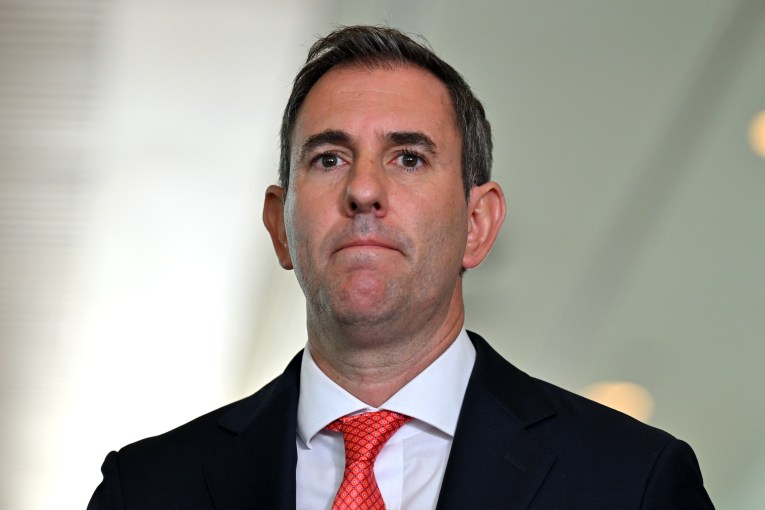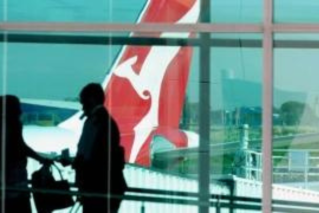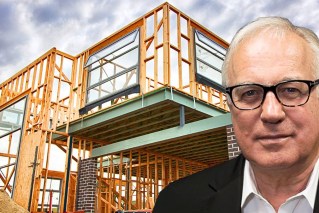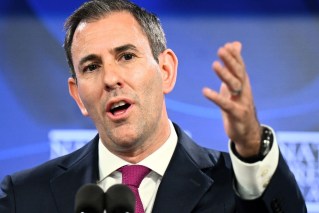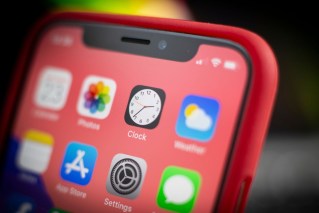Last week I poured cold H2O on the prospects of hydrogen becoming a good business because it costs $7 to 10 per kilogram to make and the selling price needs to be $2 per kg to be viable, so how could anyone make money?
But then on Tuesday, a press release hit my inbox from an ASX-listed company called Pure Hydrogen (ASX:PH2). The headline said: “Pure Hydrogen leases a 4000-square-metre site in Queensland for its first demonstration Hydrogen Micro-Hub.”
Someone obviously reckons they can make money making hydrogen, so I rang the CEO of Pure Hydrogen, Scott Brown, to get the lowdown.
“What’s the business model?” I asked. He confirmed that, as discussed, the cost of producing “green hydrogen” by separating the oxygen and hydrogen in water with electrolysis using renewable grid electricity is $7 to 10 per kg.
But he says he can sell it for at least $20/kg for transport use, which would give a profit margin of more than 50 per cent. He says the $2 price refers to using hydrogen to generate electricity, competing against solar and wind, which definitely won’t work and he’s not doing that.
“Who will your customers be?” I pressed. Well, the land Pure Hydrogen will rent for its demonstration hydrogen factory is at Archerfield Airport, 11 kilometres from Brisbane CBD, from where, Scott Brown says, a lot of hydrogen-powered drones are taking off, and they’re currently paying $30 a kg for their hydrogen. He’ll start with them.
“Really?” I said, picturing the air around Rocklea and Acacia Ridge thick with buzzing hydrogen-powered drones. “Drones taking off from Archerfield Airport? What are they doing?” Surveys and stuff, it seems.
So I rang Archerfield Airport and asked them about it. They told me there are only a few drones at present, not many at all, but expect there to be more in future; like all CEOs, Scott Brown is an optimist, counting cash to come.
Anyway, he plans to have more markets for Pure Hydrogen than drone operators at Archerfield Airport.
The company has developed a hydrogen-powered garbage truck with a local importer of hydrogen vehicles called HDrive International and will launch it in Dandenong, near Melbourne, on May 1. The truck will be assembled locally from imported parts.
The key to the business model for hydrogen, says Brown, is that almost all local councils in Australia have committed to net zero by 2050, along with the Australian government and all of the states, and the only way the councils are going to achieve that is by converting their garbage trucks to hydrogen fuel cells, whatever the cost to ratepayers.
And with state governments committed to ‘Net Zero by 2050’, the bus operators who work for them will have to do the same. Coles has committed to use 100 per cent renewable electricity by 2025, and Woolworths is going for net zero by 2050, which means their trucks will have to do the same.
That all sounds right, especially after a long conversation I had this week with Ross Garnaut.
He and former ACCC chairman, Rod Sims, have created the Superpower Institute to push for Australia to become a renewable energy superpower. They addressed the National Press Club in mid-February, which I wrote about here, at the time.
Garnaut says global commitments to net zero by 2050 are the key to Australia’s role in the energy transition, and why things might not be quite as grim as I painted last week. He also says that to achieve net zero, there will need to be a price on carbon, or regulations and subsidies that have the same effect.
As of a couple of months ago, 142 countries had committed to or are thinking about net-zero emissions by 2050: Twenty nine have put it in legislation, including the US, UK, Europe, Australia, Japan, Korea, Canada and New Zealand; 49 have it in “policy documents”, including China and Saudi Arabia; 10 had made a declaration or pledge and 54 were still thinking about it.
Net zero by 2050 means switching to 95 per cent renewable energy for electricity, transport and industry within 25 years.
“There’s tradeable and non-tradeable electricity,” Garnaut told me. “The former is the power used for cooking, heating and lighting, which has to be generated locally.”
There’s not much of an export opportunity in that for us, although we might be able to ship some electricity to Singapore, as Michael Cannon-Brookes’ Sun Cable project is planning to do, using undersea cables.
But, says Garnaut, “the opportunity is in what I call tradeable electricity – products made from renewable electricity. The biggest opportunity for Australia is in green iron, but also aluminium and silicon.”
The other requirement will be transport fuels to replace diesel and aviation fuel. Trucks, buses, ships, trains and planes will all need to stop using fossil fuels in a net-zero world.
That means hydrogen and biomass. Planes could fly short-haul trips using batteries, but most air travel will need fuels made from biomass, and the best place to grow it is the Queensland savannah. Chopping down rainforests to make it won’t count.
Heavy freight and passenger transport – trucks, buses, trains and ships – will need hydrogen fuel cells, and as Scott Brown is planning to show at Archerfield, that can be made cheaply in Australia. To export hydrogen, it needs to be converted into ammonia.
All of this depends on countries and big businesses sticking with net zero by 2050, and imposing a price on carbon to get there, which will happen because the planet is heating up much faster than scientists had expected, so pretty soon life will get difficult, and the panic button will be hit. In that world lowest cost prevails.
None of this changes the fact that, in general, climate change is a cost not a benefit, and that we’ll be paying the cost, whether it’s the price on carbon, the higher taxes to fund the subsidies or the (much) higher insurance premiums, or self-insurance.
And as Larry Summers and NK Singh wrote last week, “the world is still on fire”: 2023 was the world’s warmest year on record, as it is virtually every month.
Perhaps one way to think about Australia’s role in what’s coming is to use the analogy of China. It became the world’s manufacturing powerhouse because of lower labour costs than everyone else.
In a net-zero world, the cost that matters will be energy, specifically renewable energy, and in that Australia has about the lowest costs, and can compete with China and the Middle East on an equal footing.
Alan Kohler writes weekly for The New Daily. He is finance presenter on the ABC News and also writes for Intelligent Investor


